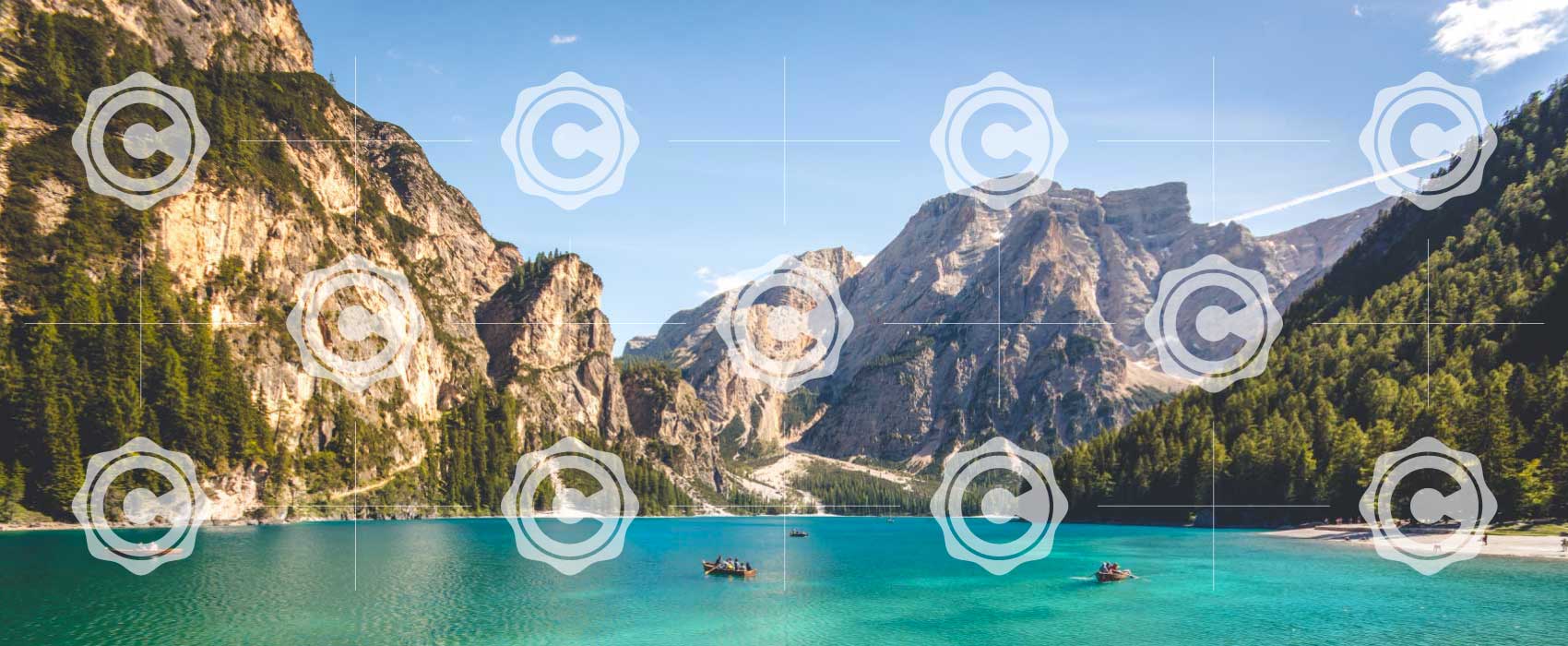Watermarks serve as vital identifiers for copyrighted images, particularly on platforms like Getty Images. As a user, understanding the legal pathways to utilize such images responsibly is crucial. This guide provides essential insights into the nature of copyright laws associated with Getty Images and explores the reasons behind the implementation of watermarks, offering clarity for those wishing to use such content appropriately.
Understanding Getty Images and Copyrights

Getty Images is a renowned stock photography agency that provides a platform for photographers to sell their work. When you purchase an image from Getty, you acquire a license that grants you specific rights under copyright law. Copyright protects the creative expression in an image, preventing unauthorized use or reproduction. Getty Images employs strict licensing agreements, allowing users to access a vast collection legally while ensuring photographers retain their rights.
To use images legally, it’s essential to comprehend the different types of licenses offered by Getty Images, which include:
- Royalty-Free Licensing: Users pay a one-time fee to use the image without recurring royalties.
- Rights Managed Licensing: Usage is limited to specific terms, including duration and territory, requiring additional fees for different uses.
Images without proper licensing may lead to copyright infringement, resulting in fines or legal action. Thus, buying a license or seeking permission is crucial to lawfully remove watermarks from Getty Images.
Why Watermarks are Used on Images

Watermarks are a common practice among photographers and stock agencies to protect their images from unauthorized use. They serve multiple purposes:
- Protection from Theft: Watermarks deter individuals from using images without consent, safeguarding the photographer’s intellectual property.
- Branding: Watermarked images can promote the agency’s name, ensuring creators receive credit and recognition.
- Incentive to Purchase: The presence of a watermark encourages potential buyers to acquire the image legally for clear, unmarked usage.
Understanding the role of watermarks is vital for anyone interested in using stock images commercially. They reflect the balance between accessing quality photography and respecting the rights of the creators behind the work.
Alternative Solutions to Accessing Watermark-Free Images
If you’re looking to access images without the pesky watermarks but want to stay on the right side of copyright law, there are several alternative solutions to consider. Here’s a rundown of some creative ways to obtain the visual content you need:
- Contact the Photographer: Many photographers are willing to sell or license their images directly. If you find a Getty image you love, try reaching out to the photographer before resorting to anything else. Sometimes, you can negotiate a better rate!
- Look for Similar Images: Use image search tools like Google Images or TinEye to find similar visuals that are available under a standard license, and therefore, don’t carry a watermark.
- Check Creative Commons Licenses: Some images are available under Creative Commons licenses, which often allow for use with certain conditions. Sites like Flickr can be great resources for CC-licensed images.
- Submit Requests for Image Use: If you’re a business or a content creator, consider submitting a formal request to Getty Images for a specific image. They may grant permission in certain cases.
While these methods may require a bit of extra effort, they’re worthwhile ways to access quality images legally and ethically. Remember, respecting copyright fosters creativity and supports artists!
Free and Paid Image Resources Without Watermarks
Whether you’re a blogger, designer, or business owner, having a go-to list of resources for watermark-free images can save you time and hassle. Here’s a mix of free and paid options for sourcing quality images:
Free Resources
- Pexels: Offers a wide variety of high-quality photos and videos, all free to use without any attribution (though it’s appreciated!).
- Unsplash: Known for its beautiful, often artistic images, Unsplash provides thousands of free photos, which you can use commercially without restrictions.
- Pixabay: This site combines free images, videos, and music, boasting a vast library of over 1.7 million royalty-free images.
- Burst (by Shopify): Specifically geared toward entrepreneurs, it offers free stock photos that are perfect for online storefronts.
Paid Resources
- Shutterstock: One of the most popular platforms for stock images, Shutterstock has a vast library, and you can get images without watermarks through subscription or one-time purchases.
- Adobe Stock: Provides high-quality images and integrates seamlessly with Adobe Creative Cloud apps, making it a great choice if you’re using Adobe software.
- iStock: Owned by Getty Images, iStock offers flexible pricing plans and a variety of images that can be used without watermarks when purchased.
- Dreamstime: This site allows for both subscription-based and credit-based purchases, giving you the flexibility to choose how you want to acquire images.
With these resources at your disposal, finding watermarked-free images will be easier than ever, whether you need them for personal projects or professional use!
Best Practices for Using Stock Images Legally
Using stock images can dramatically enhance your content, but it’s essential to follow best practices to ensure you’re utilizing them legally and ethically. Here are some key guidelines to keep in mind:
- Choose Reputable Sources: Always source stock images from established and reputable platforms. Websites like Getty Images, Shutterstock, and Adobe Stock provide licenses and clear usage rights.
- Understand Licensing Types: Familiarize yourself with different types of licenses, such as royalty-free and rights-managed. This knowledge will help you determine what you can and cannot do with an image.
- Read the Fine Print: License agreements can be complex. Make sure to read the terms thoroughly to understand how you can use the image, including any restrictions on commercial use, modification, or duration of use.
- Use for Intended Purposes: Only use images for the purposes specified in your license. If the image is licensed for editorial use only, don’t use it in promotional material.
- Give Proper Credit: When required, provide proper attribution to the creator or source of the image. Even if it’s not mandated, it’s a good practice and shows respect for the artist.
- Keep Records: Maintain a log of all the images you use, including their sources and licenses. This practice can be invaluable if there are any questions about your usage down the line.
- Stay Up-to-Date: Licensing laws and regulations can change, so it’s a good idea to stay informed about any updates that might affect how you can use stock images.
Following these best practices will help you navigate the often confusing world of stock photography and avoid any legal pitfalls.
Conclusion and Summary of Key Points
In conclusion, while using stock images can add significant value to your projects, it’s essential to approach them with caution and respect for copyright laws. Here’s a quick summary of the key points to keep in mind:
- Watermarks are protective elements: They are there to safeguard the rights of creators and prevent unauthorized use.
- Removing watermarks is illegal: Always avoid any methods that attempt to bypass copyright, as this can lead to legal consequences.
- Consider licensed alternatives: Invest in obtaining a proper license to use images without watermarks legally.
- Be aware of fair use: Understand that there are specific, limited circumstances under which you might be able to use an image without permission, but these can be tricky.
- Implement best practices: Follow the guidelines to ensure you’re using stock images legally and ethically, from sourcing to proper attribution.
By adhering to these principles, you can utilize stunning visuals effectively while respecting the rights of the artists behind them. Remember, when in doubt, ask or consult legal advice to ensure compliance. Happy content creation!


